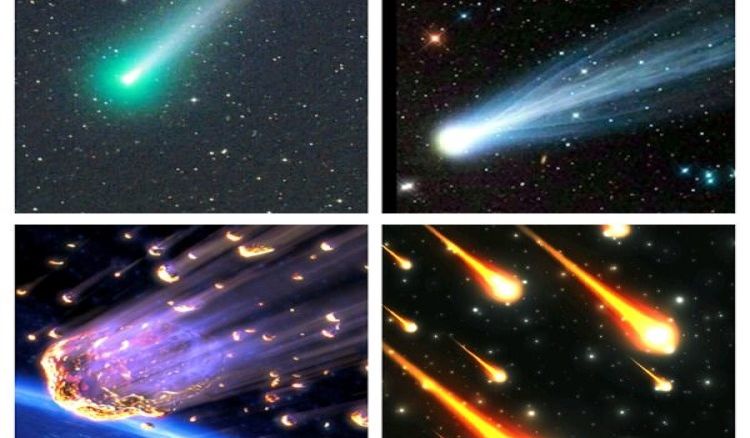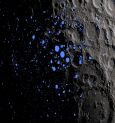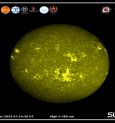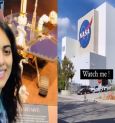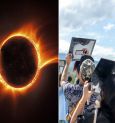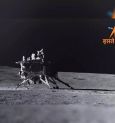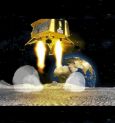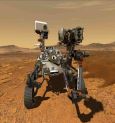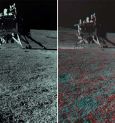Every year, a celestial phenomenon known as "Asteroid Ripped Off" captivates scientists worldwide. Despite the awe-inspiring nature of this event, researchers assure us that there's nothing to be alarmed about. Earth, equipped with its own cosmic defence mechanism, deflects these celestial intruders using the formidable force of gravity.
The captivating incident dates back to 1994, when the astronomical community witnessed the spectacular display of Shoemaker-Levy 9, a comet torn apart by Jupiter's tidal forces. Similar occurrences are believed to happen across the universe, but comprehensive observations have been elusive until recently.
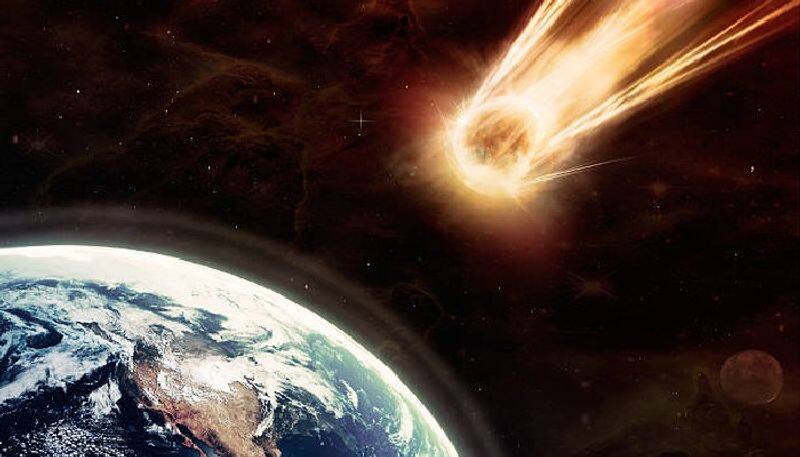
Michael Granvik, a planetary scientist at Luleå University of Technology in Sweden, embarked on a prolonged quest to unveil the secrets of these cosmic happenings. Granvik, undeterred by the complexity of the task, collaborated with colleagues to create a mathematical model. The primary objective was to determine the number of celestial bodies at various distances from the Sun.
The results obtained from Granvik's model, combined with seven years of observations from the Catalina Sky Survey, revealed a significant discrepancy. The number of celestial bodies identified through astronomical observations exceeded the model's predictions, particularly when it came to objects in Earth's and Venus' orbital paths.
However, the scientific intrigue doesn't end there. Researchers discovered that the majority of the missed celestial bodies were unusually small in size, orbiting in close proximity to the Sun. Granvik's "Eureka" moment came when he proposed that these small fragments were remnants of larger asteroids that succumbed to Earth's gravitational pull, creating a cascade of smaller debris.
While some scientists share Granvik's optimism, suggesting that these small fragments pose minimal risk, others caution against the potential hazards they might present to Earth. Nonetheless, the consensus remains that Earth's gravitational prowess serves as a formidable shield against more significant celestial threats.
In the vast cosmic dance where asteroids annually rain down on Earth, scientists continue to unravel the mysteries of our celestial surroundings. The annual celestial shower, orchestrated by the intricate interplay of gravity, underscores the dynamic and ever-evolving nature of our cosmic neighborhood.
 বাংলায় পড়ুন
বাংলায় পড়ুন


